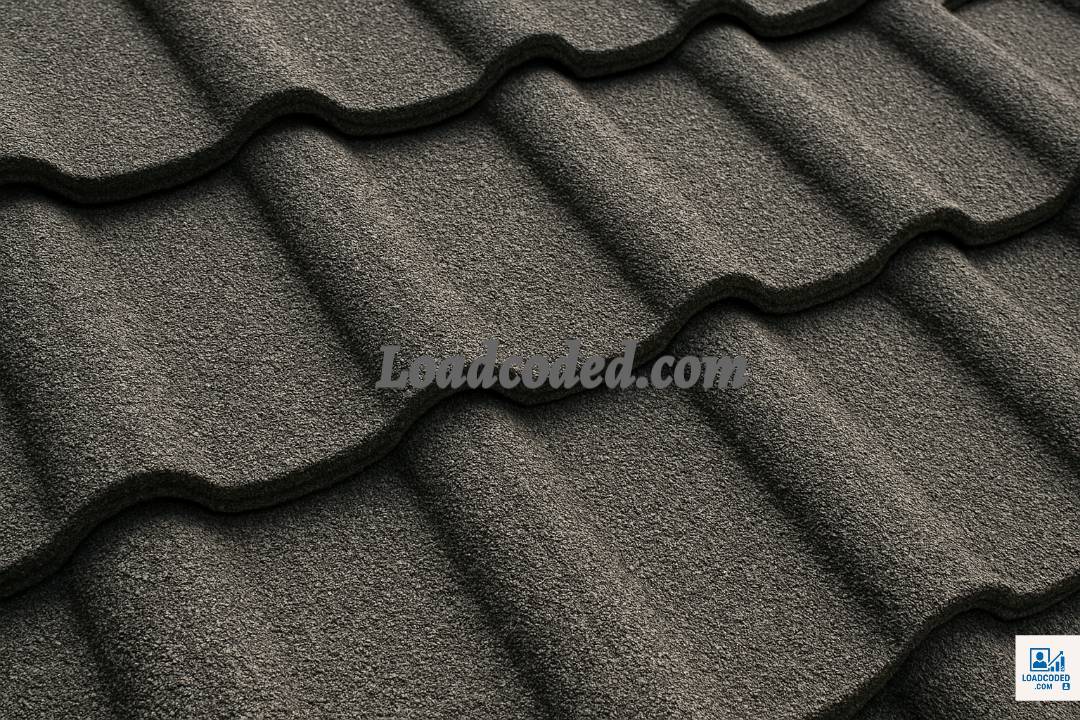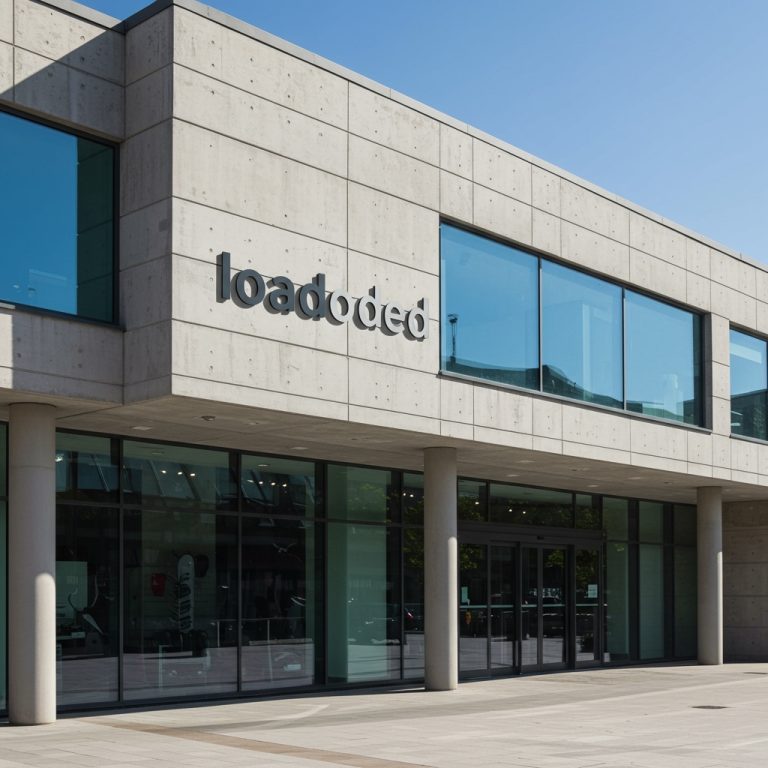How Long Do Metro Ties Roof Last? Discover Lifespan, Durability & Key Tips (2025)
Wondering how long do metro ties roof last? Learn about their average lifespan, maintenance tips, cost comparisons, and factors that affect durability.
How Long Do Metro Ties Roof Last?
Why Metro Tile Roofs Are Popular
When homeowners invest in a new roof, one of the biggest questions they ask is, How long do metro ties roof last? Metro tile roofs are known for their durability, timeless design, and energy efficiency, making them a top choice for modern and traditional homes alike. Unlike cheaper alternatives such as asphalt shingles, metro tiles are designed to withstand decades of wear, protecting your home from the harshest weather conditions.
But just like any roofing material, their lifespan depends on installation quality, climate, and maintenance. In this guide, we will explain how long metro tile roofs last, with factors that influence their durability, signs of damage, and how to extend their life.
What Are Metro Tile Roofs?
A. The History and Development of Metro Tiles
Metro tiles, sometimes referred to as stone-coated steel roofing tiles, were developed as a durable alternative to fragile clay and heavy concrete tiles. First gaining popularity in Europe after World War II, they have since become widely adopted in North America due to their combination of strength and elegance.
B. Common Materials Used in Metro Tile Roofs
Most metro tiles are crafted from galvanized steel sheets, coated with an acrylic base layer and stone chips for texture and color. This multi-layer system offers both strength and aesthetic appeal while protecting against rust, fading, and impact damage.
C. Aesthetic and Architectural Benefits
Metro tiles mimic the look of classic clay, slate, or wood shake roofs without the high cost and maintenance requirements. Their lightweight design also makes them suitable for both new construction and roof replacement projects.
What’s the Importance of Understanding Tile Roof Longevity?
Serving your clients is your responsibility. This entails providing people with the knowledge necessary to make informed decisions. It also entails being aware of what to look for and how to resolve any potential issues.
This is why knowing the specifics of roof tile lifetime is so important. After all, concrete or clay roof tiles are common. Compared to other roofing materials like metal or asphalt shingles, they are a bit more robust and heavier. They also cost a lot of money.
The cost of installation is between $8,000 and $23,000. A brand-new tiled roof typically costs $15,500. Your customers want to be sure they’re getting value for their money. And they are because of the advantages of roof tiles.
Average Lifespan of Metro Tile Roofs
On average, metro tile roofs can last 40 to 70 years with proper care of making them one of the most long-lasting roofing materials available today.
A. Manufacturer Warranties Explained
Most manufacturers provide warranties ranging from 30 to 50 years, with many offering transferable warranties that increase home resale value.
B. How Climate Affects Lifespan
- Hot & Dry Climates: Resistant to UV damage compared to asphalt.
- Cold & Snowy Climates: Can withstand freeze-thaw cycles.
- Hurricane-Prone Areas: Strong wind resistance makes them ideal.
C. Comparison with Asphalt, Slate, and Metal Roofs
| Roofing Material | Average Lifespan | Durability Level |
|---|---|---|
| Asphalt Shingles | 15–25 years | Low |
| Metro Tile Roofs | 40–70 years | High |
| Clay/Concrete Tiles | 50–100 years | Very High |
| Slate Roofs | 75–150 years | Extremely High |


![Top 10 Easy Ways A Beginner Can Make Money Online With SEO in 2025 [Proven Strategies] 14 IMG 20250727 WA0060](https://loadcoded.com/wp-content/uploads/2025/07/IMG-20250727-WA0060-150x150.jpg)



![Top 10 Best Logistics Companies to Work For in 2025 [Ranked & Reviewed] 18 sketch 1754242848456](https://loadcoded.com/wp-content/uploads/2025/08/sketch-1754242848456-150x150.jpg)










